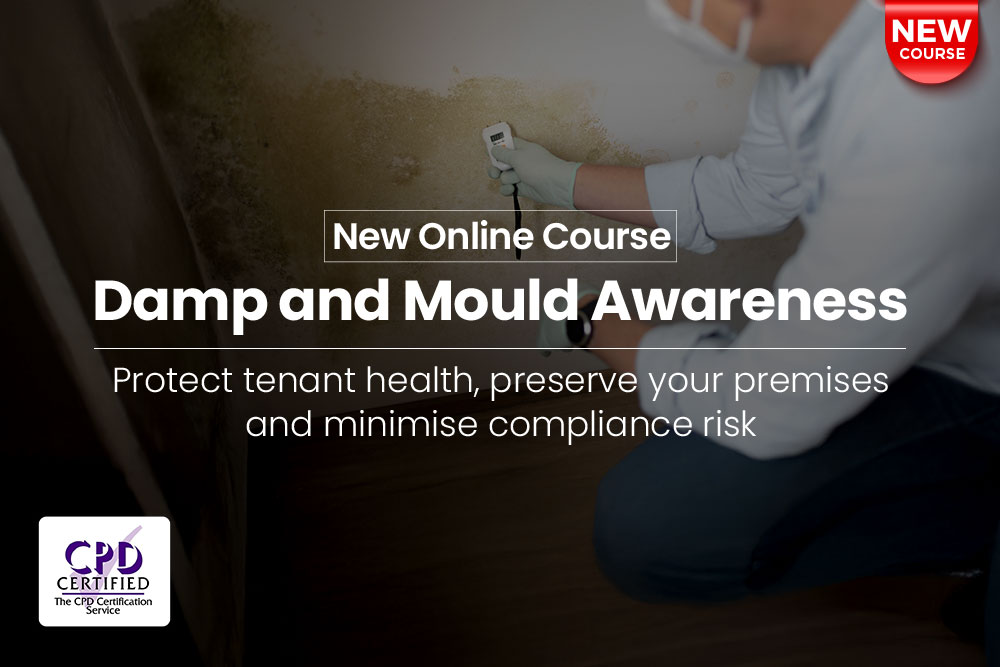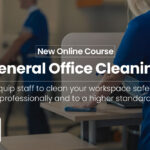
Microbial contamination describes when harmful microbes taint a food product, making it unsafe to eat.
Although it varies with the type and concentration of microbes involved, all examples of microbial contamination are hazardous to some degree. So, anyone who handles food for work must understand contamination risks and how to manage them.
This guide looks at the different types of microbial contamination, the harm they can cause, and how to keep food processes safe.
What Types of Microbial Contamination Are There?
The microbial contamination definition applies to the presence of several different harmful microbes (also known as microorganisms). These hazardous microbes are collectively called pathogens – an important distinction as not all are inherently dangerous.
Pathogens can be separated into three primary types: bacteria, viruses and parasites.
Bacteria
Bacteria are microscopic single-celled organisms. They’re found everywhere and multiply rapidly, presenting a significant food contamination risk.
Common harmful strains include Salmonella, which is most closely linked to uncooked poultry but can also be found on unwashed fruit or vegetables. Salmonella can cause diarrhoea and abdominal cramps. Sometimes, it’s even fatal, in particular for those with weakened immune systems.
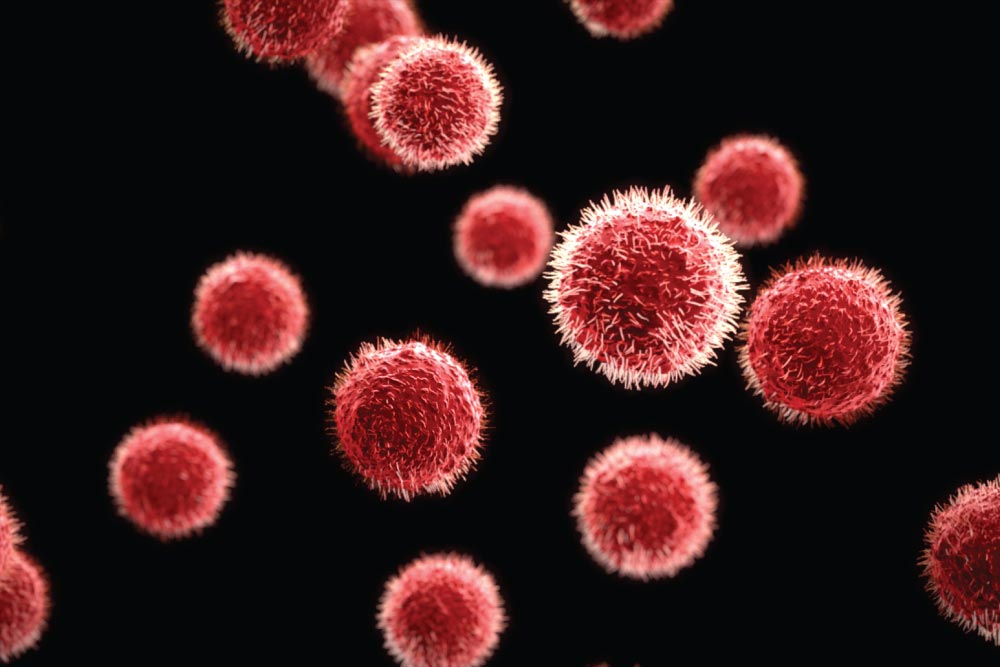
Viruses
Viruses are more straightforward and smaller than bacteria. They cannot reproduce on their own. Instead, a virus infects a healthy cell of its living host. It uses it to replicate, destroying the host cell in the process.
One virus closely associated with foodborne illness is Norovirus. A Norovirus infection causes diarrhoea, vomiting and stomach pain. People generally recover after a few days, but like Salmonella, Norovirus can prove fatal to those with a weakened immune system.
Parasites
Parasites, like viruses, require a host to survive. They don’t use healthy cells to reproduce, however. Parasites depend on a host body for sustenance, robbing them of essential nutrition. Other parasites produce toxic byproducts or cause tissue damage as they burrow into their host’s cells or organs.
A common parasite linked to foodborne illness is Toxoplasma gondii, which causes the infection known as toxoplasmosis. Toxoplasmosis causes flu-like symptoms. Again, most healthy people fully recover, but it can be significantly more dangerous for certain people. Pregnant women are particularly vulnerable and must cook meat thoroughly to kill off Toxoplasma gondii parasites.
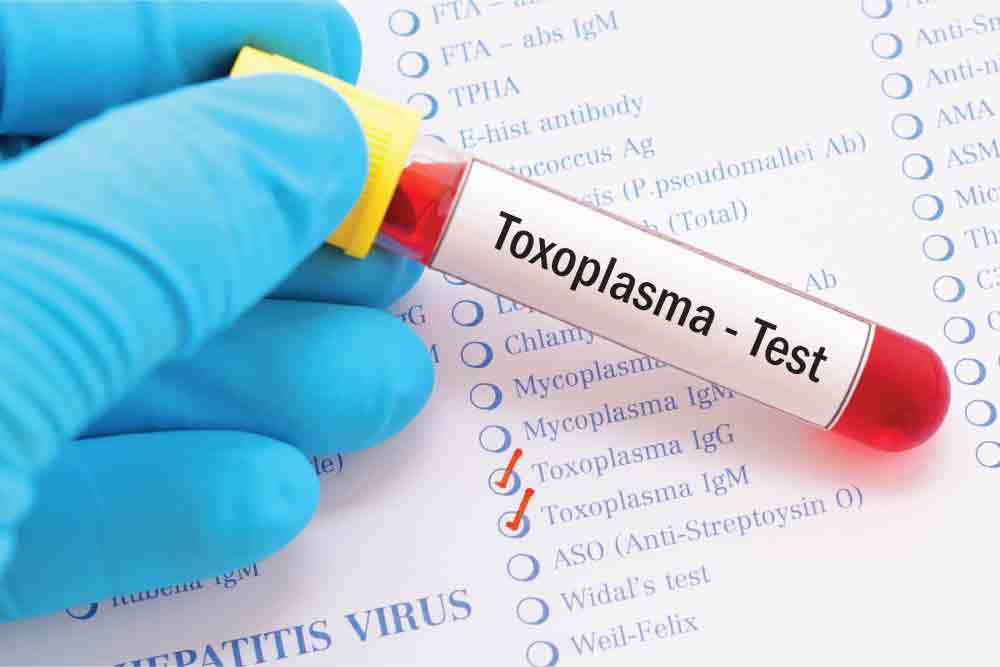
Fungi, Mould & Yeast.
Microbes like fungi, mould and yeast are less common but are still hazardous. They produce mycotoxins, which are harmful when ingested. Fungal infections and yeasts also spoil food, making it unsafe to eat.
What is Food Microbial Contamination and How is it Caused?
Microbes are everywhere, so food can be contaminated at any point from production to preparation. But there are familiar sources you need to be aware of if you handle food professionally.
People
It might be unsettling, but humans are one of the biggest causes of microbial contamination. We unknowingly carry many microbes in and on our bodies, with estimates suggesting up to a trillion living on our skin alone.
Anyone working with food needs to use protective clothing – gloves, hairnets and masks, for example – to control the risk of microbes from their own body. Reducing the number of people interacting with food is also an effective control measure when possible.
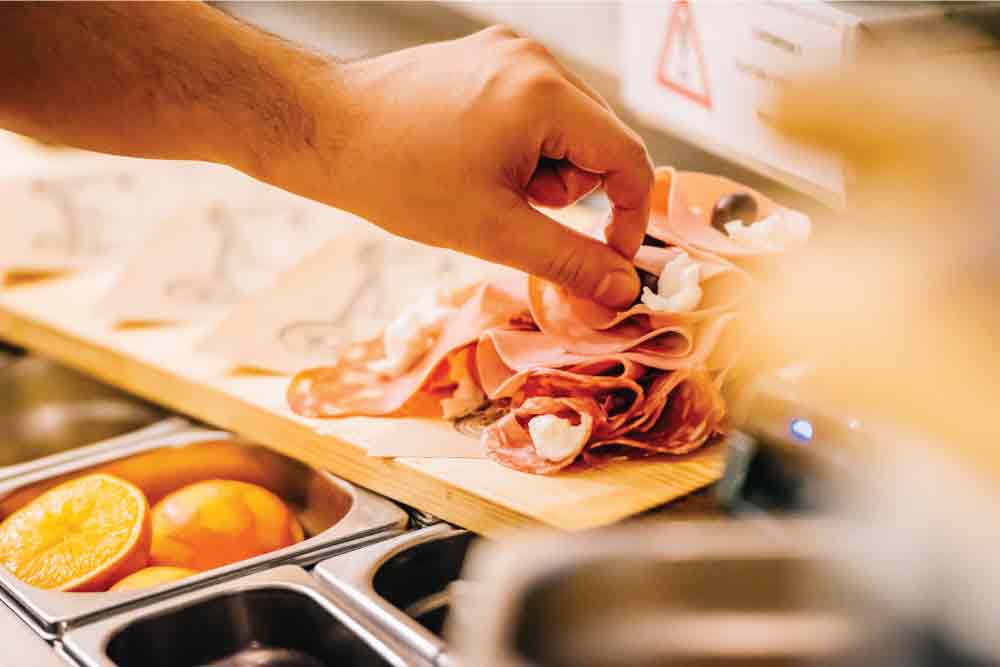
Equipment
Microbes can survive on kitchen equipment and surfaces that haven’t been cleaned properly. Poorly maintained equipment can increase this risk. Scratches in chopping boards are an excellent place for microbes to hide and reproduce.
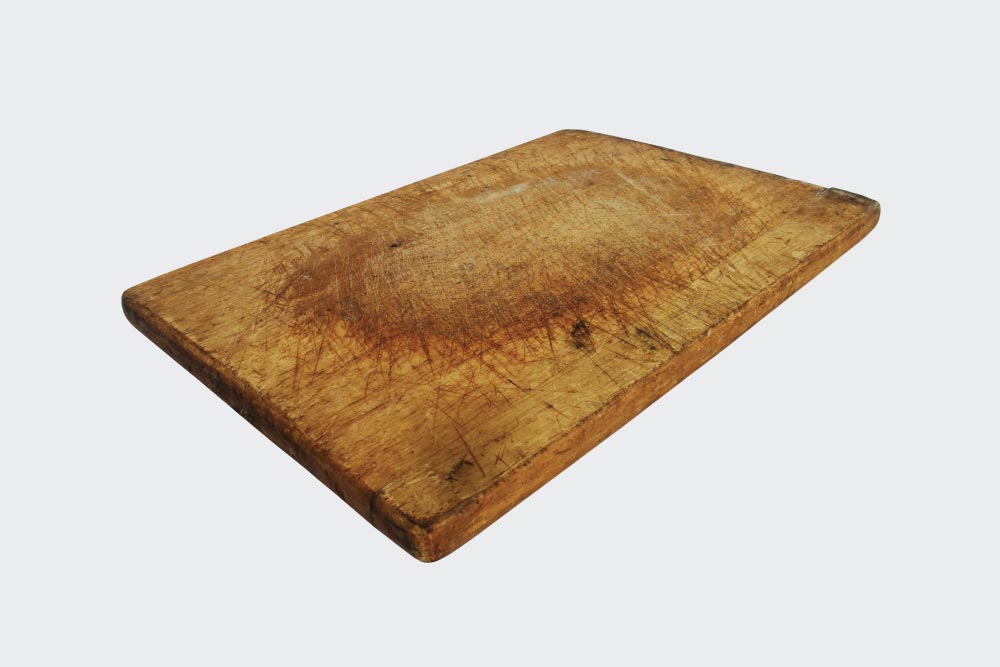
Soil
Soil is teeming with microbes, so unwashed fruits and vegetables are a common source of contamination.
Cross-Contamination
Cross-contamination refers to the transmission of a pathogen from one place to another. It can describe any transference of microbes from people, equipment or soil.
Some foods, like unwashed chicken, naturally carry microbes and can only be made safe by cooking. But until that’s happened, any piece of equipment, surface or hand that’s come into contact with that piece of meat is a cross-contamination risk.
There’s a similar risk with fresh produce. Since soil is almost guaranteed to carry some pathogens, chopping unwashed vegetables will likely leave microbes on hands, knives, and the chopping board used. If these are then shared with another food item, cross-contamination happens.
How do you Prevent Microbial Contamination?
1. Protect Against Cross-Contamination
Preventing cross-contamination is fundamental to food safety. You must be mindful of handwashing and sanitise any shared surfaces or equipment.
Cleaning isn’t always effective, however, and tracking what’s safe to use can be difficult in a busy kitchen. That’s why using colour-coded chopping boards and separate utensils for different foods is best practice. Keeping equipment entirely separate for low-and high-risk foods limits the risk of accidental cross-contamination.
2. Keep Foods Out of Temperature Danger Zones
Microbes are living organisms with needs similar to other living things – nutrients, moisture, and comfortable temperatures, with room temperature being optimal.
That’s why foods are generally stored at low temperatures and cooked at high temperatures. You must be wary of the range between them, known as the Temperature Danger Zone.
The core concept is simple:
- Store food in a fridge or freezer at low temperatures to limit the growth of pathogens
- Cook food at high temperatures to kill pathogens
In practice, it is more complicated and there’s specific guidance for safe storage and cooking temperatures and times. You can read more about food preservation methods in our previous blog.
Food Safety Systems
Working kitchens need to implement food safety systems that ensure safe hygiene standards. These systems should be based on principles of Hazard Analysis and Critical Control Points (HACCP).
An HAACP plan keeps food safe from microbial hazards (plus chemical, physical, and other biological hazards).
The Food Standards Agency provides official guidance, but in short, a HACCP plan involves:
- Looking at the food safety risks in your business
- Identifying critical control points where risks need to be controlled
- Planning for what might go wrong
- Checking procedures are working
- Keeping records of your actions
Food Hygiene Training
Food hygiene training is also necessary for everyone working with food. But, the employer does have some flexibility over the content and type of training. Whatever form it takes, however, training must be adequate and relevant to the workplace. These requirements mean that some food handlers must be certified.
Our Food Hygiene Courses are ready-made and suitable for various work environments. You’ll learn the essentials of food safety, including cross-contamination prevention and proper cooking and storage techniques. The course awards you a training certificate that proves your awareness of hygiene standards and recognised food safety systems based on HACCP principles.

































































































































































































































































































